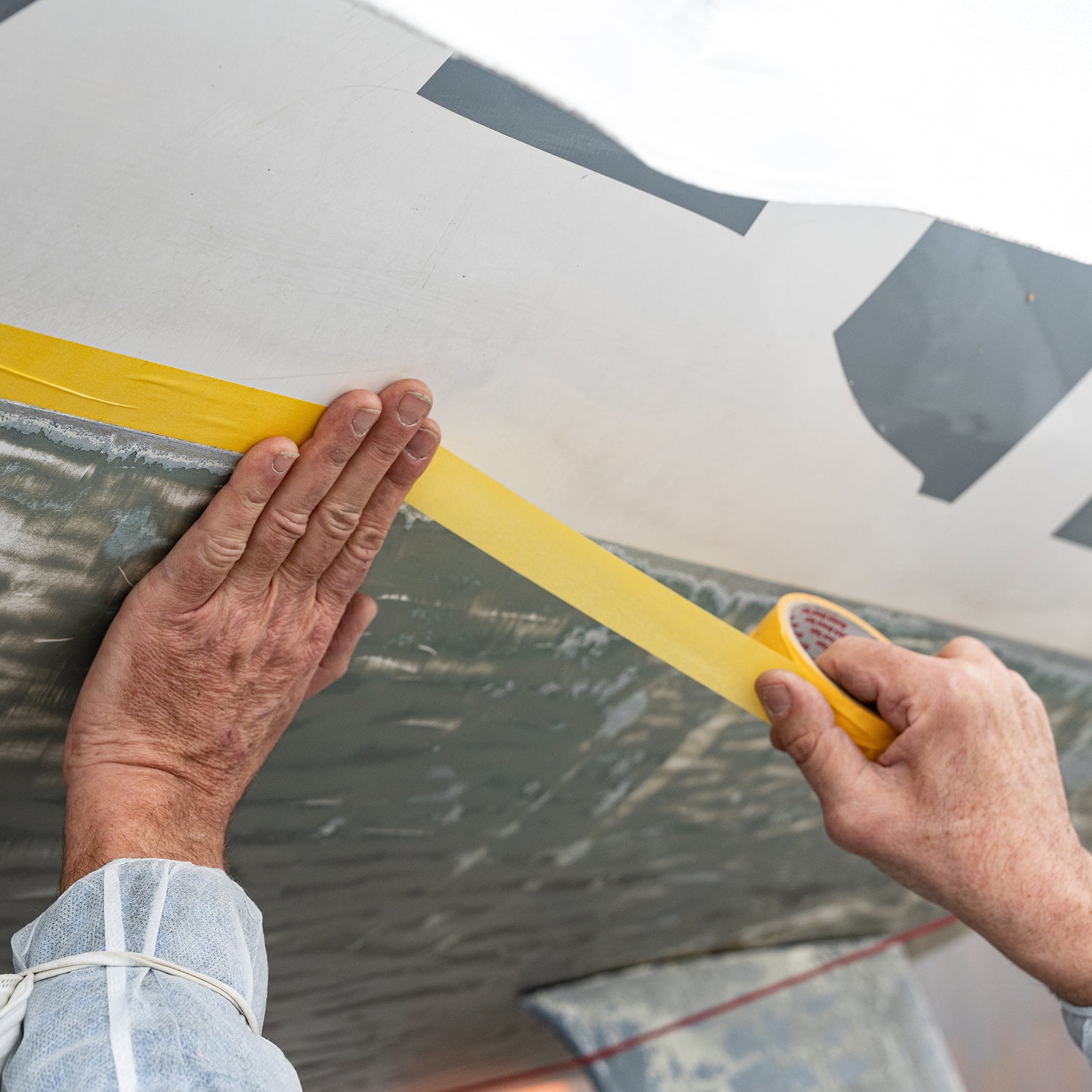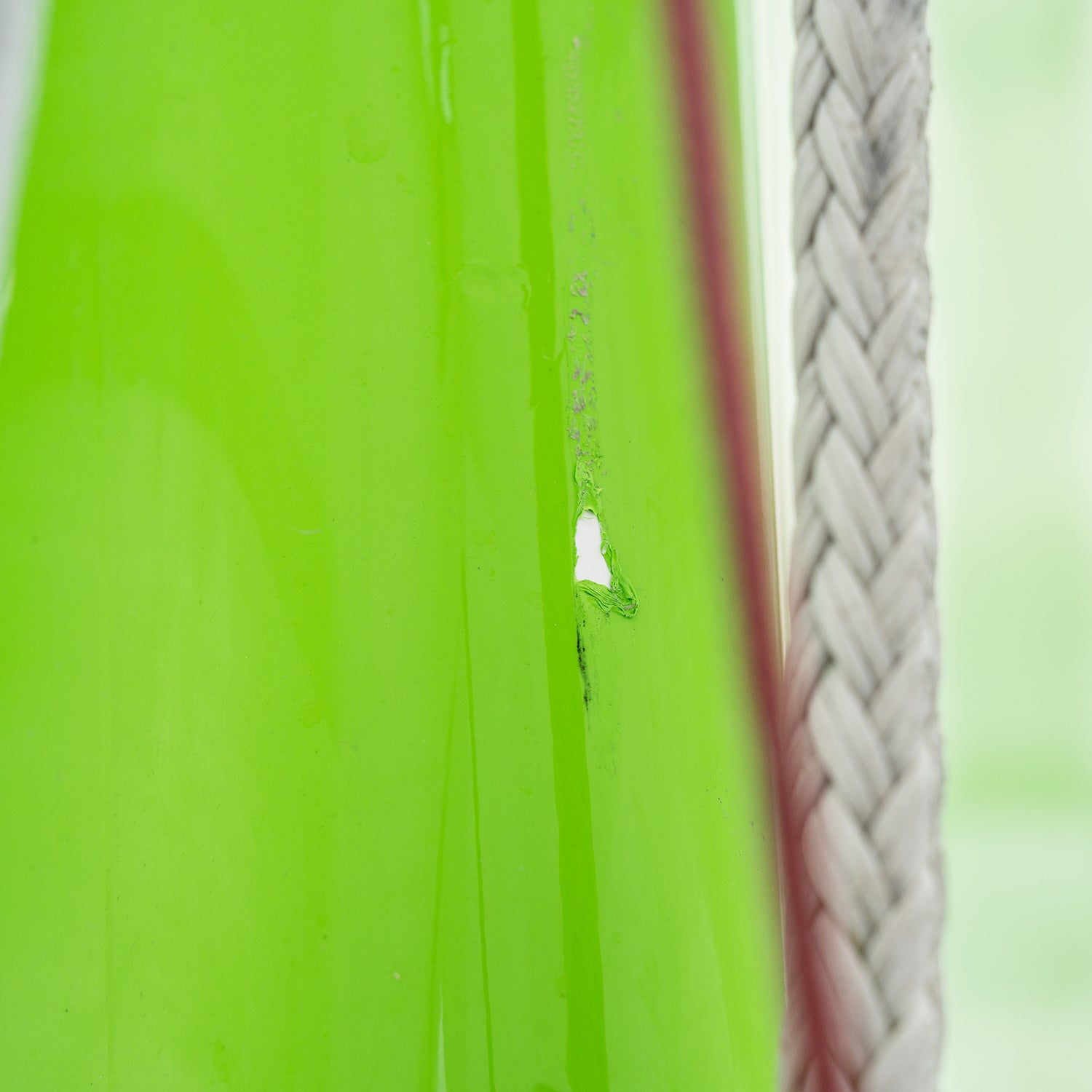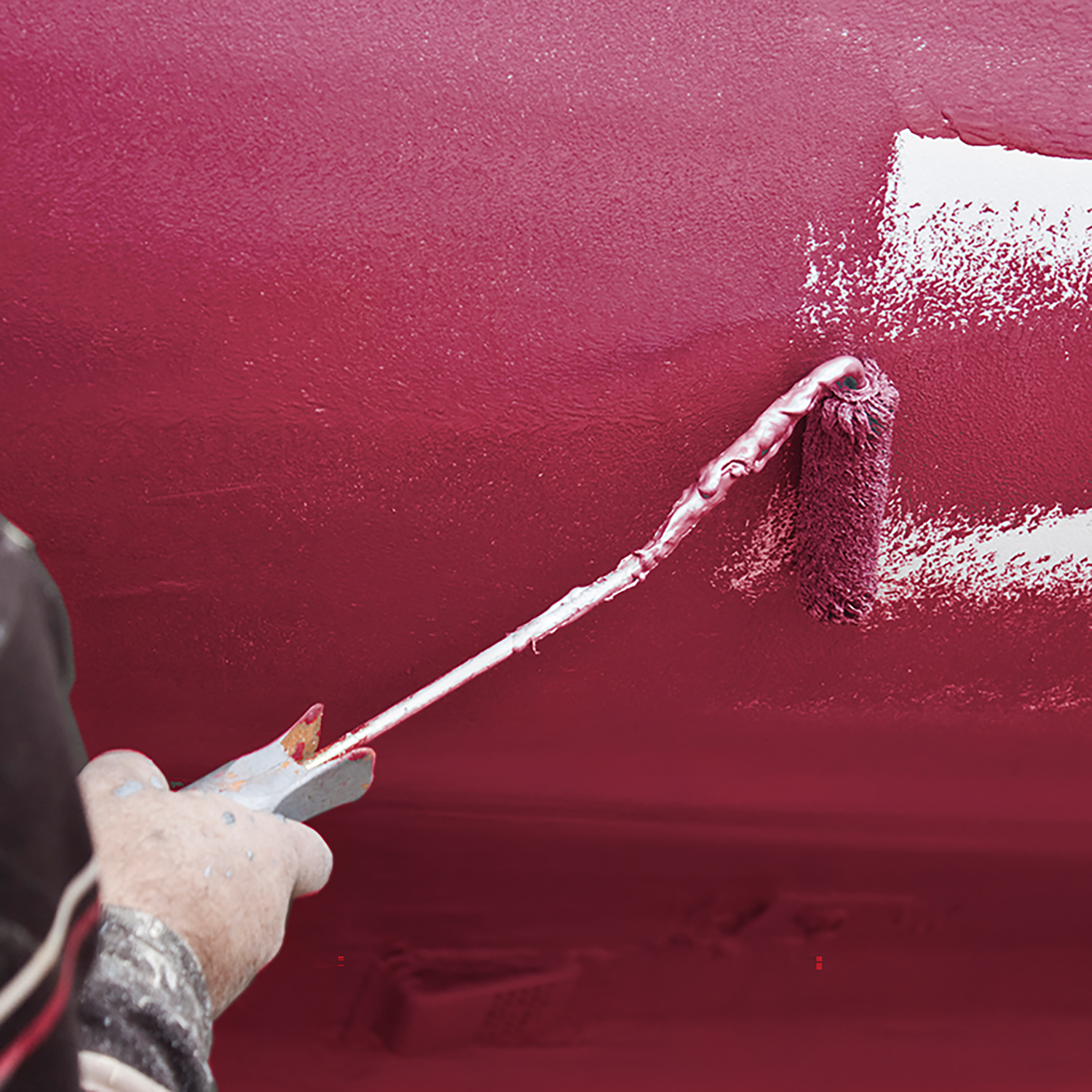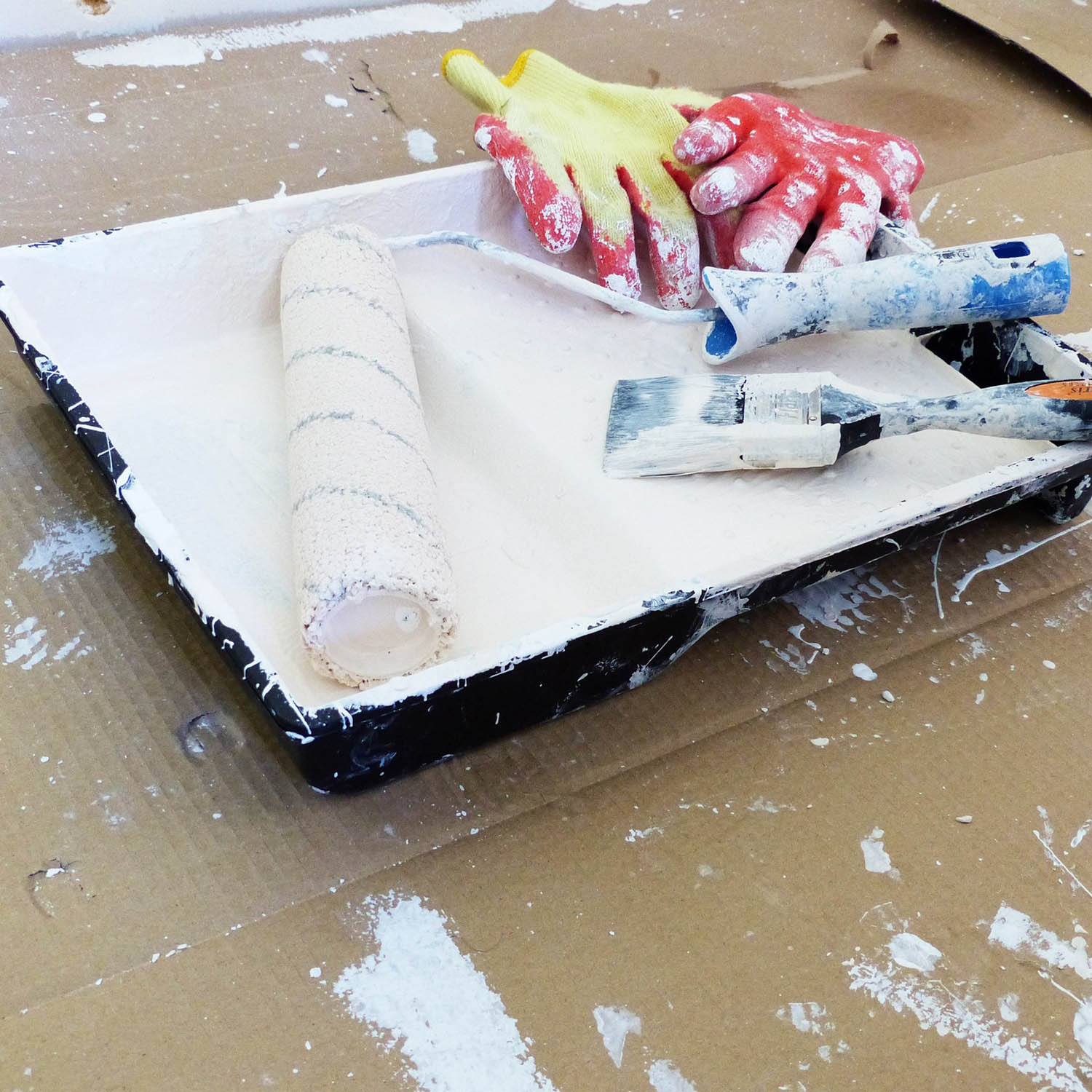Renew the antifouling with the right coat of paint
Antifouling protects ships from algae, mussels and other growth in the water. If you want to renew your antifouling, careful preparation and specialist knowledge are helpful. To ensure that you can apply your antifouling paint to the boat efficiently and successfully, we have put together a few tips and tricks for you in this guide.

1. When is the best time to apply antifouling paint?
The right time for the antifouling coat determines the effectiveness of the protection. In any case, observe the manufacturer's recommended time intervals for recoating and the timing of launching. For example, you should consider how long the boat will be dry after the last coat of paint before launching it. Keep this distance short for best results. Applying antifouling at the end of a season to get in the water faster in spring is therefore not helpful.
2. Preparations for painting antifouling
If you want to paint antifouling, there are a few things to consider beforehand. So that you are optimally prepared for painting, you will now find a small overview of the precautions to be taken.

2.1 Provide antifouling equipment and material
Make sure you have all the materials you need before you start painting antifouling. This includes the right antifouling for the boat itself, which you have selected in advance. But you can also have boat accessories for boat cleaning such as spatulas, sandpaper and brushes, paint trays and paint rollers ready.
Our tip: Use several paint trays and short-hair rollers to apply antifouling so that no hardened residue gets onto the boat.
2.2 Safety measures
When painting antifouling, wear protective clothing to protect against toxic fumes and splashes. It is also important to ensure adequate ventilation to avoid exposure to toxic fumes. The work area can also be protected with tarpaulins.


2.3 Clean and sand ship
Thoroughly clean and sand the underwater hull to ensure even adhesion of the antifouling. Use a cleaning solution to remove any existing layers of algae, rust or other contaminants from the ship's hull. You should remove or tape over sacrificial anodes.
Our tip: With a suitable primer, you can avoid sanding the old antifouling. Even if the old antifouling consists of an uneven crater landscape. But the old antifouling should not be brittle. Clean up these spots with a spatula. You can then paint over your antifouling.

2.4 Tape off the waterline
On used boats, masking the waterline is usually not a big deal as old antifouling, gelcoat and UV changes have done the rest. However, when masking the waterline of your boat with painter's tape, you should be as precise as possible. The masking marks the upper edge of the antifouling and thus defines the accuracy.

2.5 Check underwater hull
In any case, you should repair any damage and scratches that have occurred on the underwater hull. 2-component solutions such as epoxy putty are suitable for this. These boat repair materials often come in a combination of hardener and base to be mixed together according to product specifications.
3. Prepare antifouling: Check list
✅ Provide antifouling, primer and working materials
✅ Put on protective clothing and secure the surroundings (tarpaulin)
✅ Clean underwater hull and sand if necessary
✅ Mask off the waterline as precisely as possible
✅ Repair scratches and cracks on boat hull
4. Apply antifouling: Step by step
When applying antifouling, proceed step by step and always keep time in mind. In order to sucessfully carry out all work steps, we have listed them below.
Please note: Time plays a major role for the final coating. As soon as you start applying the base followed by the antifouling, you have to mind the time intervals given by the manufacturer of the product. The given time must not be exceeded.

4.1 Apply antifouling primer:
Life jackets protect the wearer in the event of a person falling overboard and keep their head above the water. Even when fainting, the face is above water and the airways remain free. The correct buoyancy, which also depends on body weight, clothing and water, is decisive for a reliable rotation of the body.
4.2 Paint boat with antifouling
For an even application of paint, you can apply the antifouling in a crisscross process, i.e. first horizontally and then vertically. The easiest way to do this is with a short hair roller. Hard-to-reach areas can be touched up with a brush. The propeller can be coated with a special propeller antifouling that withstands strong currents.


4.3 Applying further layers of antifouling

5. Allow antifouling to dry
Allow the antifouling paint to dry according to the drying schedule before launching the boat. Depending on the type of antifouling and the environmental conditions, this can take between 8 and 24 hours.
3. Apply antifouling: Check list
✅ Apply antifouling primer
✅ Paint boat with antifouling
✅ More layers of antifouling: The thinner, the better
✅ Let antifouling dry according to given
✅ Repair scratches and cracks on boat hull
